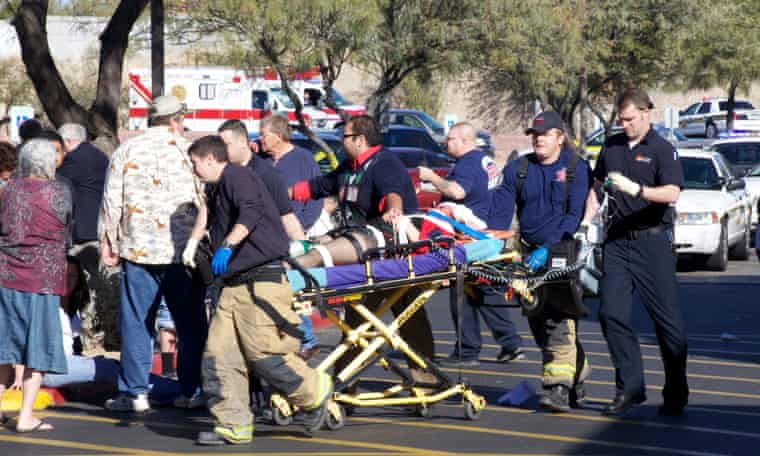Analysts to compile database to track spike in cases, with female politicians and campaigners increasingly targeted
By Rebecca Ratcliffe
Violence targeted against female politicians and activists will be tracked for the first time by a global database, amid indications of a recent rise in attacks.
Researchers reviewed thousands of events dating back to 1997, where political violence was targeted at women – ranging from wartime sexual violence to attacks on female civilians and crackdowns on female-led protests.
It’s hoped the data, which will be updated on a weekly basis by the , will help provide a better understanding of the threats facing women.
Analysis by the group suggests a recent spike in violence, with twice as many cases reported during the first quarter of 2019 (261 events) as during the first quarter of 2018 (125 events). The information was obtained from reports collected across Africa, south-east Asia, south Asia, the Middle East, south-eastern and eastern Europe and the Balkans.
The data covers political violence targeted against women from all walks of life, not just those actively involved in campaigning.
“There has been a lot of anecdotal evidence [suggesting] that women are faced with more and more targeting, but we didn’t have a systematic way to compare this,” said Dr Roudabeh Kishi, research director of Acled, which produced the analysis in partnership with the Robert Strauss Center for International Security and Law at the University of Texas.
A backlash against women’s increasing presence in politics may have contributed towards the increase, she added.

Senator Gabrielle Giffords with medical staff after she survived an assassination attempt in 2011, in Tucson, Arizona. Photograph: James Palka/Getty Images
Across Africa – where Acled has collected data for the longest time period – violence that targeted women appeared to have increased. While 71 violent events targeting women were recorded in the first quarter of 2014, this grew to 156 in the first quarter of 2019.
The data does not cover all forms of political violence experienced by women – attacks on civilians that target both men and women equally are not included in the measure. It also does not cover domestic or intimate partner violence, thought to be responsible for the murders of women in 2017.
The research found women-led protests – such as demonstrations by mothers of prisoners or women campaigning for reproductive rights – were more likely to be peaceful than other demonstrations. However, such events were disproportionately met with violent crackdowns, including the use of weapons, arrests and teargas, usually by state forces.
Data shows variations in the kinds of political targeted violence women face around the world, Kishi said. “In south Asia, for example, the primary means in which women are targeted is by mob violence. Often these mobs will have links to political parties or religious groups.”

People carry the coffin of Lesbia Janeth Urquia, a murdered indigenous rights activist, outside a church in Marcala, Honduras, in July 2016. Photograph: Fernando Antonio/AP
Compared with political violence that was not gender-based, women were more likely to experience sexual assaults, abductions, forced disappearances and mob violence.
Kishi said that the majority (two-thirds) of violent attacks were not sexual. “Most of the conversations we have around gender-based violence are usually linked to sexual violence and usually that’s how we understand violence against women. To a degree that’s fair – women are the predominant victims of that type of violence,” she said. “But sexual violence is not the primary means by which women are targeted.”
It’s hoped the data, which will be publicly accessible, will help guide policy.
Data covering Latin America, central Asia and the Caucasus, western Europe and east Asia will be introduced in the coming months.
Source:
Related to SDG 10: Reduced inequalities and SDG 16: Peace, justice and strong institutions



